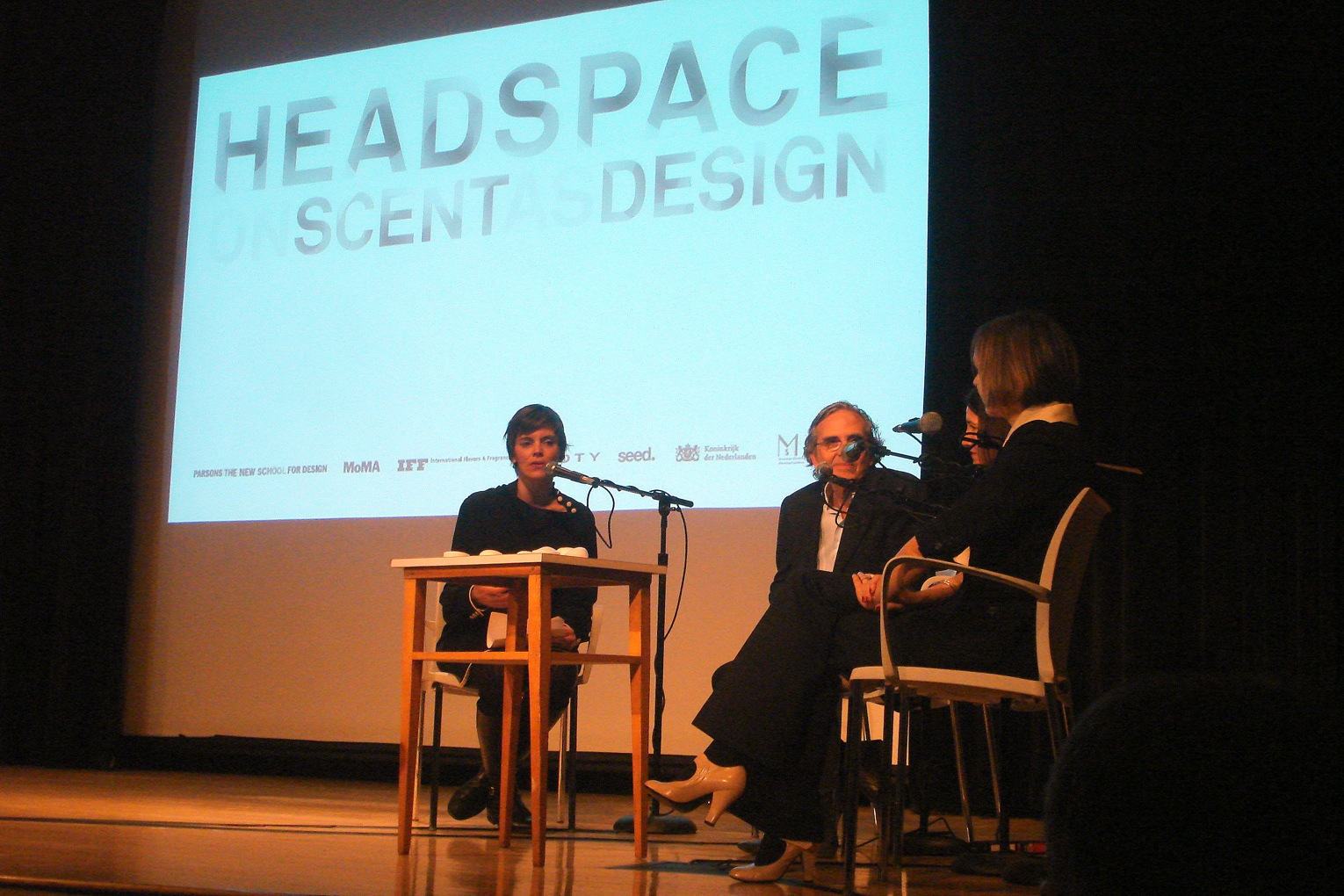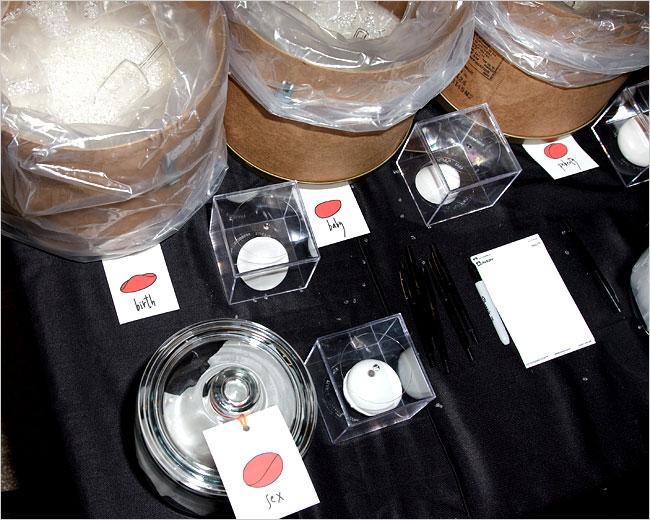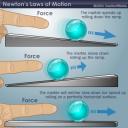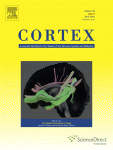Do Movie/Camera Memories Impact Cognition?
Tuesday, December 24th, 2013 Most adults have watched thousands of hours of movies. I’ve often wondered how that impacts long-term memory. Do the movie memories mix with the real-world memories and change how we interpret the world, learn and make important decisions and judgments? I bet it does, big time, but I have not been able to find any detailed studies of the effects.
Most adults have watched thousands of hours of movies. I’ve often wondered how that impacts long-term memory. Do the movie memories mix with the real-world memories and change how we interpret the world, learn and make important decisions and judgments? I bet it does, big time, but I have not been able to find any detailed studies of the effects.
I did recently see a study on how taking photographs of an object can impact memory for the object. According to point-and-shoot memories, if you take a picture of an entire object you are less likely to remember details about it. However, if you zoom in on a part of the object and take a photo of the details, your memory is unaffected. The study concludes:
“This finding highlights key differences between people’s memory and the camera’s “memory” and suggests that the additional attentional and cognitive processes engaged by this focused activity can eliminate the photo-taking-impairment effect.”
With cameras in our phones and popular ways of manipulating sharing photos (e.g. Facebook, Instagram, Flickr, Pic Stich, and Pinterest) camera memories are becoming a significant part of our Next Brain.
Sourced from the Next Brain Blog









